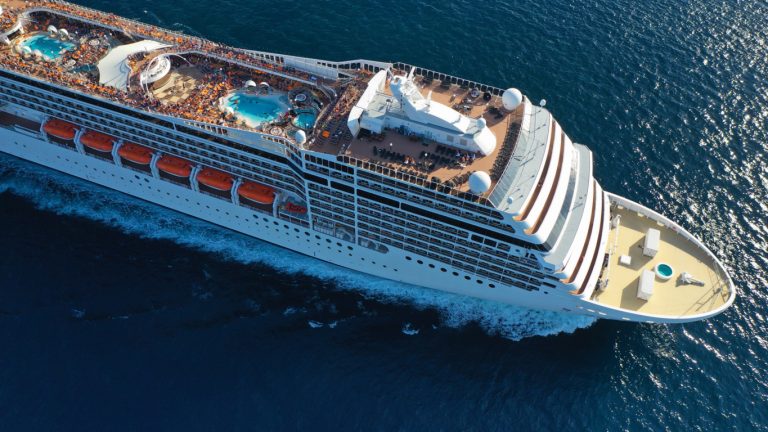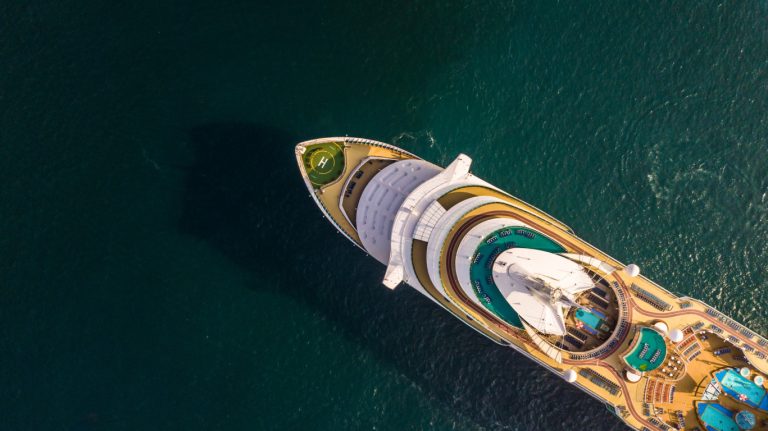Legionella Testing Kit: A Must-Have in Your Suitcase
When it comes to getting ready for your next cruise adventure, it’s easy to focus on the essentials like swimsuits, sunglasses, and sunscreen. But amid the excitement, it’s crucial not to overlook health and safety after all, no one wants their holiday ruined by illness. With a growing global risk of Legionella, Greg Rankin, CEO at Hydrohawk explains why a rapid Legionella testing kit deserves a spot in your suitcase.
Many people will have already heard of Legionnaires’ disease – a type of severe pneumonia caused by breathing in water droplets that contain Legionella bacteria. The infection can become very serious, even life-threatening, especially for people over the age of 45, smokers, those with weakened immune systems, or anyone recovering from surgery or using respiratory equipment.
Hydrosense (6)
What is probably lesser known is that cruise ships, despite their luxury and world-class amenities, can actually pose a higher-than-average risk when it comes to Legionella exposure.
In our experience, people often associate Legionnaires’ disease with largescale land-based facilities such as hotels or hospitals, but cruise ships create a unique environment that can make them particularly vulnerable. Fundamentally, most cruises operate as floating cities packed with thousands of passengers and crew, all relying on a complex and often massive water system for showers, pools, spas, and air conditioning. Add in the fact that ships dock at different ports, pulling in water from a variety of sources, some of which may not be consistently regulated, and you have a recipe for bacteria to thrive.
The popular spa and pool amenities found on most cruise ships also pose challenges. Hot tubs, for instance, are a known trouble spot. The warm water, combined with jets that create aerosolized mist, makes them a perfect environment for Legionella to multiply and spread.
Recent incidents underline how real this risk is. Notably, in 2022 to 2024, the Centers for Disease Control and Prevention (CDC) investigated 12 Legionnaires’ disease cases across two cruise ships. Of these, ten were severe enough to require hospitalisation. One ship alone accounted for eight of these cases, marking the largest outbreak the CDC has investigated on a single vessel since 2008. And a study conducted near Sicily found that a third of cruise ships tested positive for Legionella pneumophila – the most dangerous strain – with the bacteria showing up in showers and taps onboard.
When you consider that the average cruise passenger is about 55 years old, it becomes even more concerning given that it’s a demographic that is statistically more susceptible to severe outcomes from Legionella infections.
Spa – Pool
Of course, though, that is not to try to scaremonger. It goes without saying that cruise operators are well aware of the breadth of Legionella risk and most have water safety management programs in place. These systems involve regular disinfection, temperature control, chemical treatment, and constant monitoring of onboard water systems. Many ships also follow strict international safety standards to minimize the risk.
However, what it is to say is that even with the best systems in place, no process is perfect. Cruise ships are massive, with intricate plumbing networks and a rotating group of passengers and staff. Over time, biofilms (slimy layers of bacteria that provide the perfect environment for Legionella) can build up in pipes, maintenance schedules can slip, and Legionella can return, especially in underused areas or older systems. Add to the equation busier itineraries and shorter cycles, and the reality is that there’s still scope for error.
For cruise-goers, especially those who are older or have certain conditions that make them especially vulnerable to Legionella risk, the advice then is to take extra cautionary measures.
The good news is this doesn’t need to be hard work or complicated. One of the most effective tools available today is the rapid Legionella testing kit from Hydrohawk. These kits are surprisingly compact, travel-friendly, and very easy to use. You don’t need to be a scientist to use one. You simply collect a water sample from your cabin’s tap or shower, run it through the test, and get results in just 25 minutes. It’s a quick way to gain peace of mind and potentially avoid exposure.
Hydrosense (4)
Other simple precautionary measures you should take include running the taps and shower for a few minutes when you first arrive at your cabin to flush out any stagnant water where bacteria could have built up. It’s also important to be cautious in areas with hot mist – like spas, saunas, and hot tubs – particularly if you have underlying health conditions, and only use facilities that appear well-maintained. Generally speaking, if you’re already feeling unwell, even mildly, take extra care as your immune system may be compromised.
Cruises are meant to be relaxing, indulgent, and unforgettable – and for all the right reasons. Encountering Legionella bacteria shouldn’t be part of that experience. While cruise operators work hard to try to make sure their ships are safe, the truth is that no system is infallible, especially in complex environments like those at sea.
Taking your health into your own hands by packing a rapid Legionella testing kit is a simple, proactive step that can go a long way in ensuring a safer and more enjoyable cruise. For further information please visit: https://www.amazon.co.uk/dp/B0DBM1GMMG
Don’t miss more updates, news and reviews about the world of cruises on Cruising Journal.



